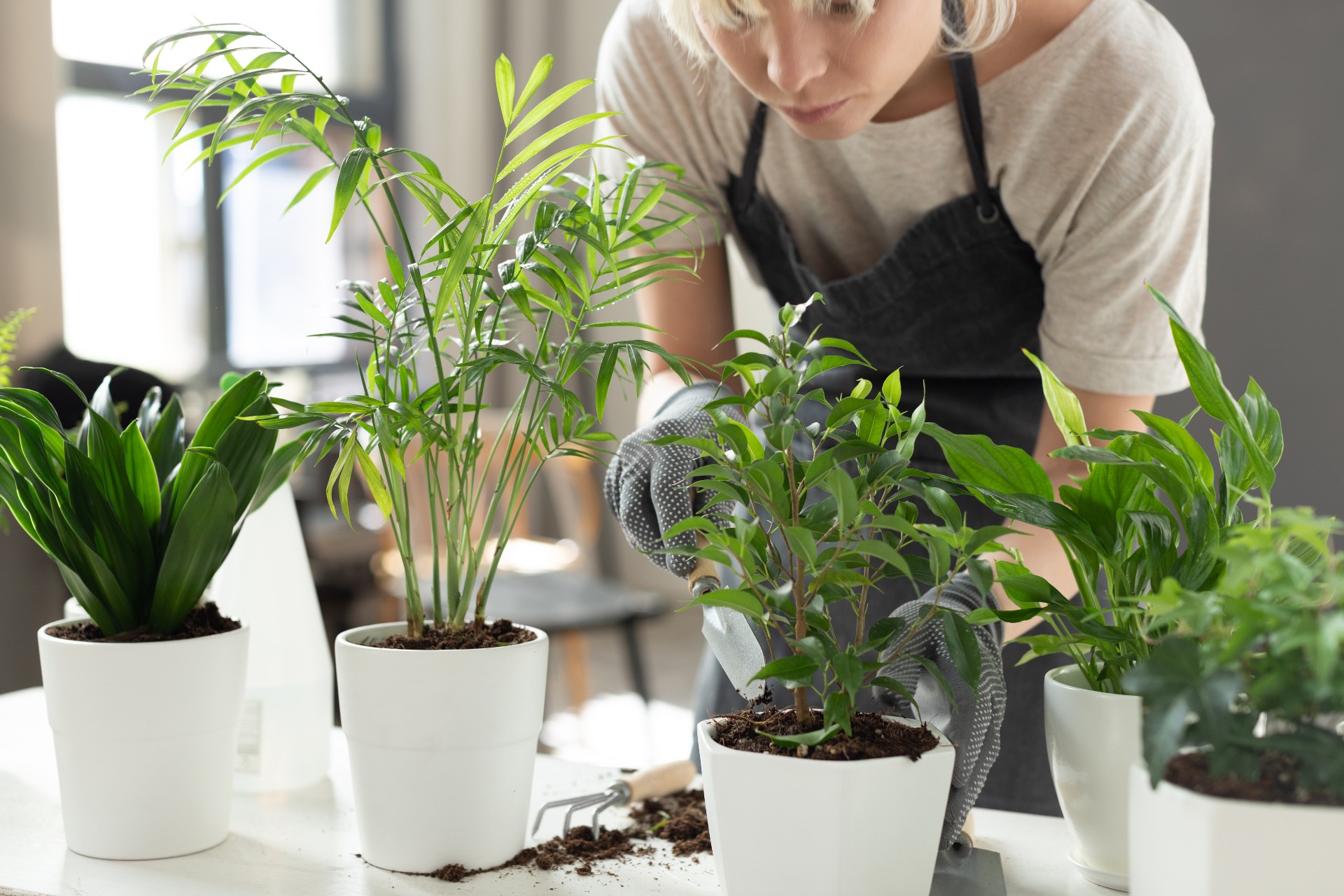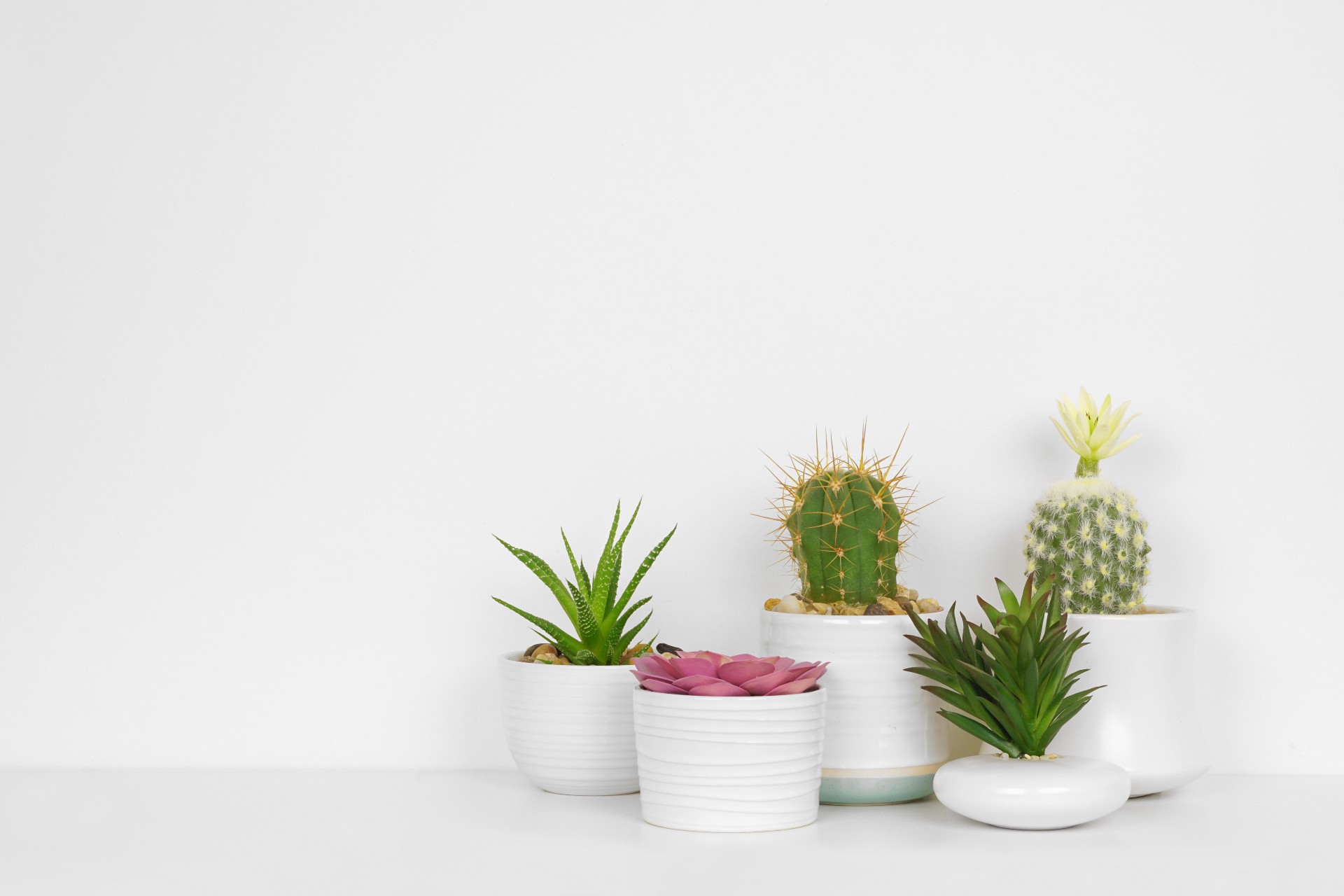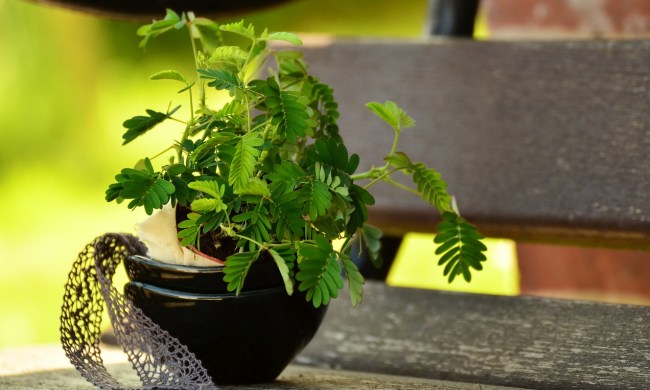Having plants isn’t just for people with large, lush backyards. Amateur gardening is for everyone, even those that have grass-free landscaping or live in an apartment. Houseplants are the answer to your wish for an indoor forest! There are quite a few plants that thrive indoors and add a lavish touch to any space.

What are the best indoor plants?
Deciding on the “best” indoor plant is dependent on, well … you! Where is your dwelling located in terms of the sun? Does it get direct sun exposure through any window? How much experience do you have with horticulture? Are you interested in putting your plants outside for part of the year? All of these factors should be taken into account when picking a houseplant that will grow great with your fostering.
With that in mind, here are a few plants that generally do well indoors (although they aren’t all the simplest to care for!):
- Anthurium: Light green leaves and cupped greenish-pink flowers
- Brazilian fireworks: Demanding plant with long green leaves and deep red flowers
- Oxalis: Dark purple leaves and light lavender blooms
- Peace lily: Bright green leaves and spiked, cupped white flowers
- Silver vase: White and green striped leaves and pink blooms with many petals
What are some great low-maintenance houseplants?
If you’re new to gardening, you might be interested in starting off with a plant that is relatively easy to care for. “Easy to care for” here means plants that aren’t particular about their soil, don’t need a lot of water, and don’t have to be moved between the sun and shade often, if at all. Here are some options that fit this criteria:
- Aloe vera: Air-purifying, skin-soothing spiky succulent that loves the sun
- Croton: Orange and yellow marked red and green leaves; needs indirect light
- Monstera deliciosa: Beautiful, large, green leaves with a cutout appearance; only needs indirect light and occasional watering
- Philodendron: Trailing, deep green, heart-shaped leaves; exceptionally easy to care for and can be aptly pruned
- Pothos: Air filter that can also grow to be quite long, with bright green leaves
Should you grow different houseplants in the same pot?
Different houseplants can definitely be grown in the same pot. Just be mindful that the plants you choose to share a home must have the same growth requirements; that is, they should require a similar amount of water and light and a similar type of soil. Having houseplants share a container can get complicated, though — they may need to be transferred to a larger pot or separated if their root systems start to get entangled.
Remember that if you place two plants in the same container, neither will grow as large as they would if they were grown individually. Growing plants together may be more time consuming and error prone than if growing them separately.
Which houseplants grow well together?
Ideas for various plants to grow together include these types:
- African violets
- Creeping plants (like ivy)
- Herbs
- Orchids
- Succulents (cacti, aloe vera)
Don’t grow all of those together! Just grow types of each together. You will probably find that your miniature biomes thrive as a group. These unique group gardens work great in themed rooms and as presents for plant-loving people.

How are houseplants cared for?
The most important part of growing houseplants successfully is closely replicating the plants’ natural living conditions. For instance, plants that are native to tropical regions probably need humidity for ideal growth. Don’t be disappointed if a plant that is non-native to your area is difficult to grow indoors. Research the growth requirements of each plant you plan to grow before purchasing seeds or seedlings.
But generally, most plants only need to be watered when their soil is dry — and succulents even less than that. Transfer greens to new containers when they appear to outgrow their current homes. There should be at least a few inches of soil surrounding a plant’s stem.
Growing and maintaining houseplants doesn’t have to be complicated. It can be a painless process to make your living space greener. Enjoy your interior landscaping venture; hopefully, one plant will be the start of a grand garden!


